A shocking lack of research into deep-sea creatures is hindering efforts to protect marine ecosystems, according to a new review.
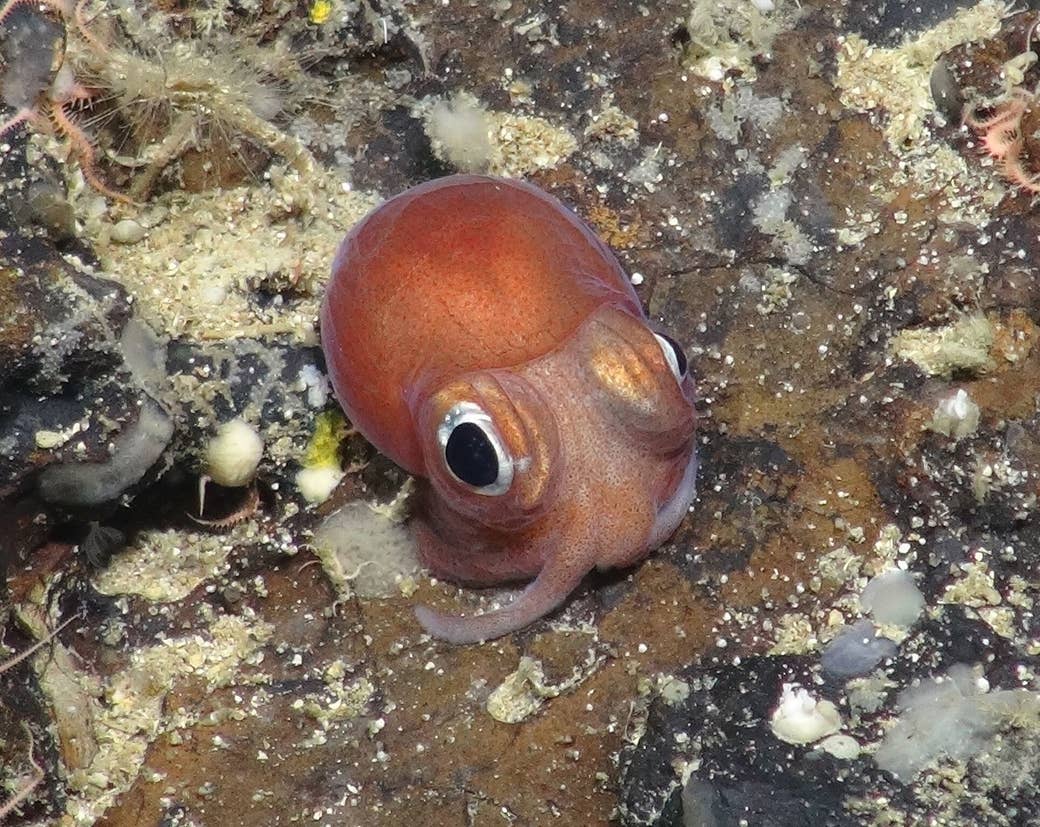
The review, published in the journal Molecular Ecology and carried out by scientists at the University of Oxford, found that only 77 studies, looking at just 115 species, have ever been carried out into the genetics of invertebrate species – animals with no backbone, such as squid, coral, or crabs – below 200 metres.
And just nine studies have been carried out into the genetics of invertebrates which live below 3,500 metres deep. Seas of that depth or greater make up more than half of the world's surface.
"It's a thorough and comprehensive review, carefully carried out," Dr Jonathan Copley, a marine biologist at the University of Southampton who was not involved in the research, told BuzzFeed News. "And it's timely – the last similar-scale review was back in the late 1990s."
What research there is shows that while species can be extremely similar across hundreds or thousands of miles of ocean, even a few hundred metres' difference in depth can totally change things.
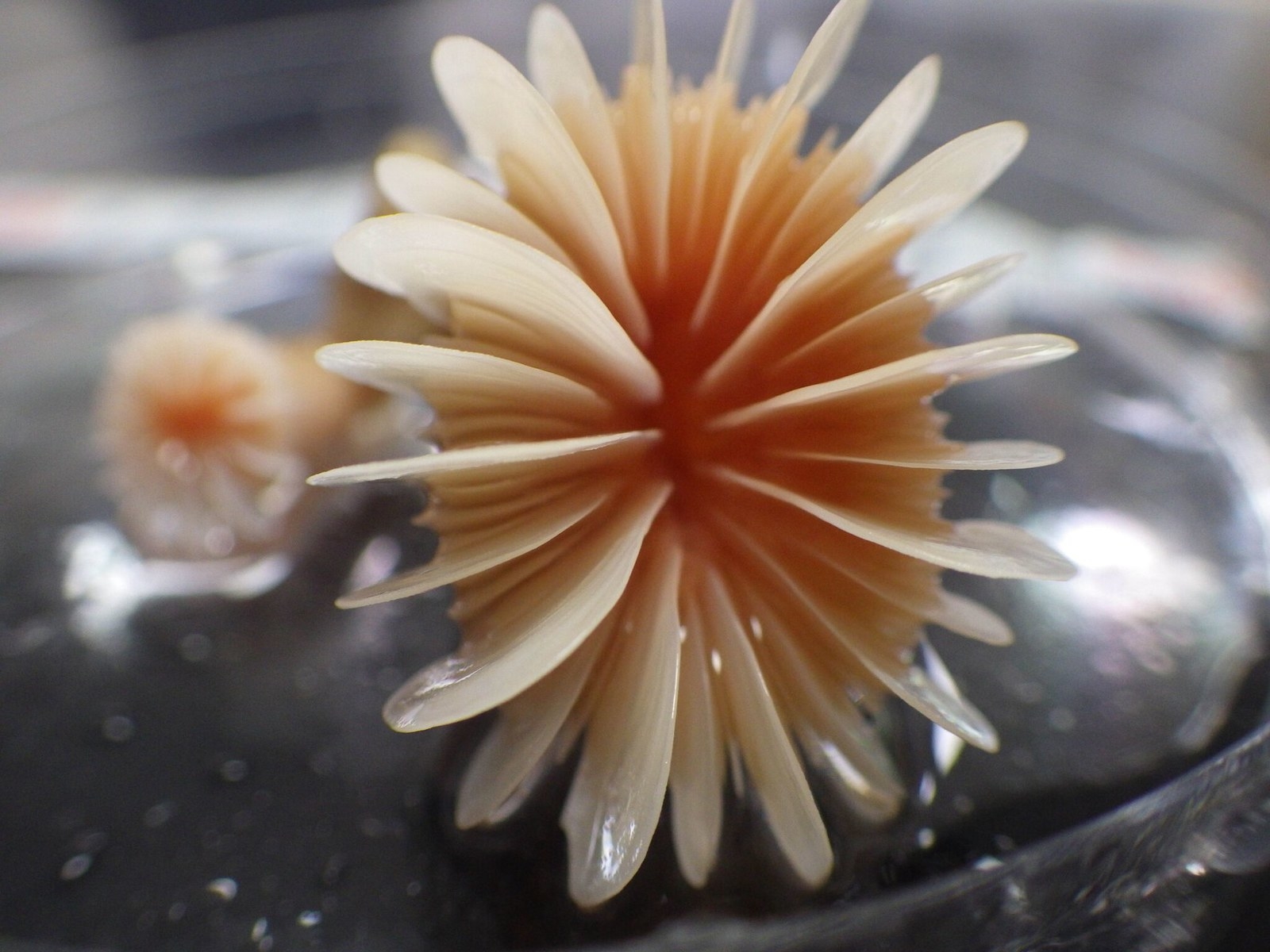
Dr Christopher Roterman, a marine biologist at the University of Oxford and one of the authors of the review, told BuzzFeed News: "Deep-sea inverterbrates don't usually move around very much." When they're adults, they're often either fairly territorial, or they're sessile – stuck in one place, like a sea anemone, or coral.
But they spread around the ocean by larval dispersal. That is, their baby forms are sort of spurted out into the water, and drift around on the current as plankton. The ones that aren't eaten by basking sharks land somewhere else in the sea. "By analogy, imagine a species of grass on a mountain slope that only lives at a certain altitude," says Roterman. "Its seeds get dispersed by the wind. Coral on a sea mount behaves a similar sort of way."
So species can be hugely wide-ranging. But if you go up or down even just a little bit, it can be totally different. "When you look at the genes, there's much more difference," says Dr Michelle Taylor, another Oxford marine biologist and another of the authors of the study, told BuzzFeed News. Often, researchers assumed they were looking at two examples of the same species, but then "turned out to be studying a new cryptic species", she said.
This lack of research could be crippling for attempts to preserve deep-sea environments.
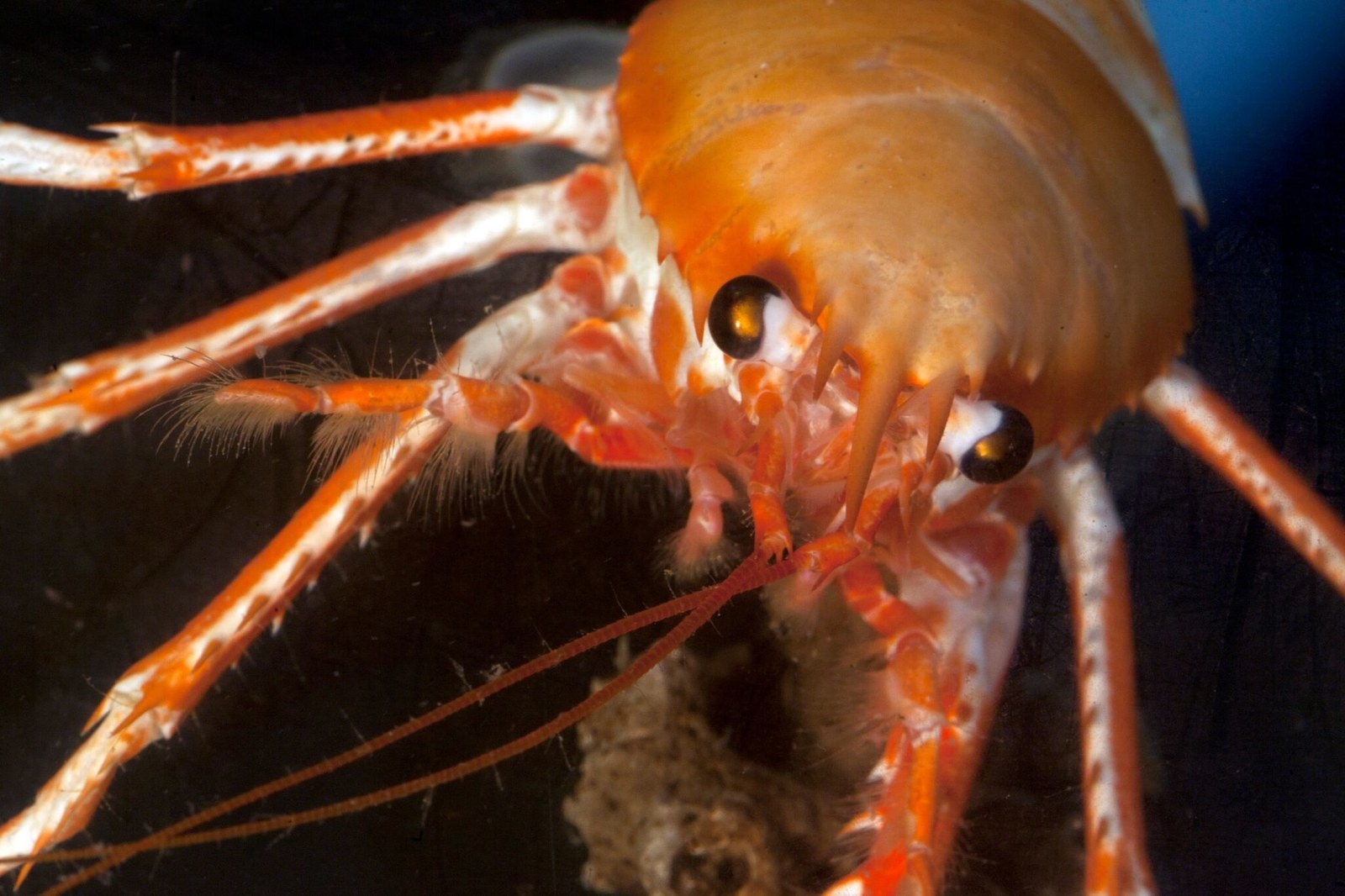
"Our impacts are getting ahead of our understanding," said Taylor. The most obvious example she gives is trawler-fishing, dragging huge nets behind boats to catch fish.
At the moment it's fairly local, she says – most trawling is above 200 metres. "But the average depth of trawling is getting deeper, because we've overharvested," she said. "And that's worrying, because animals down there are pretty slow. They breed slowly and late in life." That means their populations replenish slowly and are easily damaged by overfishing and habitat destruction.
It's also devastating to coral beds, which "are to the deep sea what trees are to the rainforest", said Roterman – they provide structure, shelter, and food for the animals that live among them. Taylor compares trawler-fishing in coral beds to "smashing a rainforest to catch the birds". "Corals are dramatically understudied, given the huge role they play in constructing ecosystems," she said. "Some of the deep sea corals down there are 4,500 years old. Some of the oldest living things on this planet."
It's not just fishing, though. Habitats are also under threat from pollution, such as microplastics, and a growing interest in deep-sea mining. "There's a tech revolution happening right now," says Roterman. "We're on the cusp of large-scale mining in the deep sea." This isn't necessarily a bad thing, they say, but to protect the habitats, "we need fundamental information about how energy flows in the deep sea, how animals get their food, how populations of animals are connected". Then you can decide how big your marine reserves need to be, and what habitats you need to keep within them.
It's not all bad news. The good thing is that this research is getting cheaper and easier.
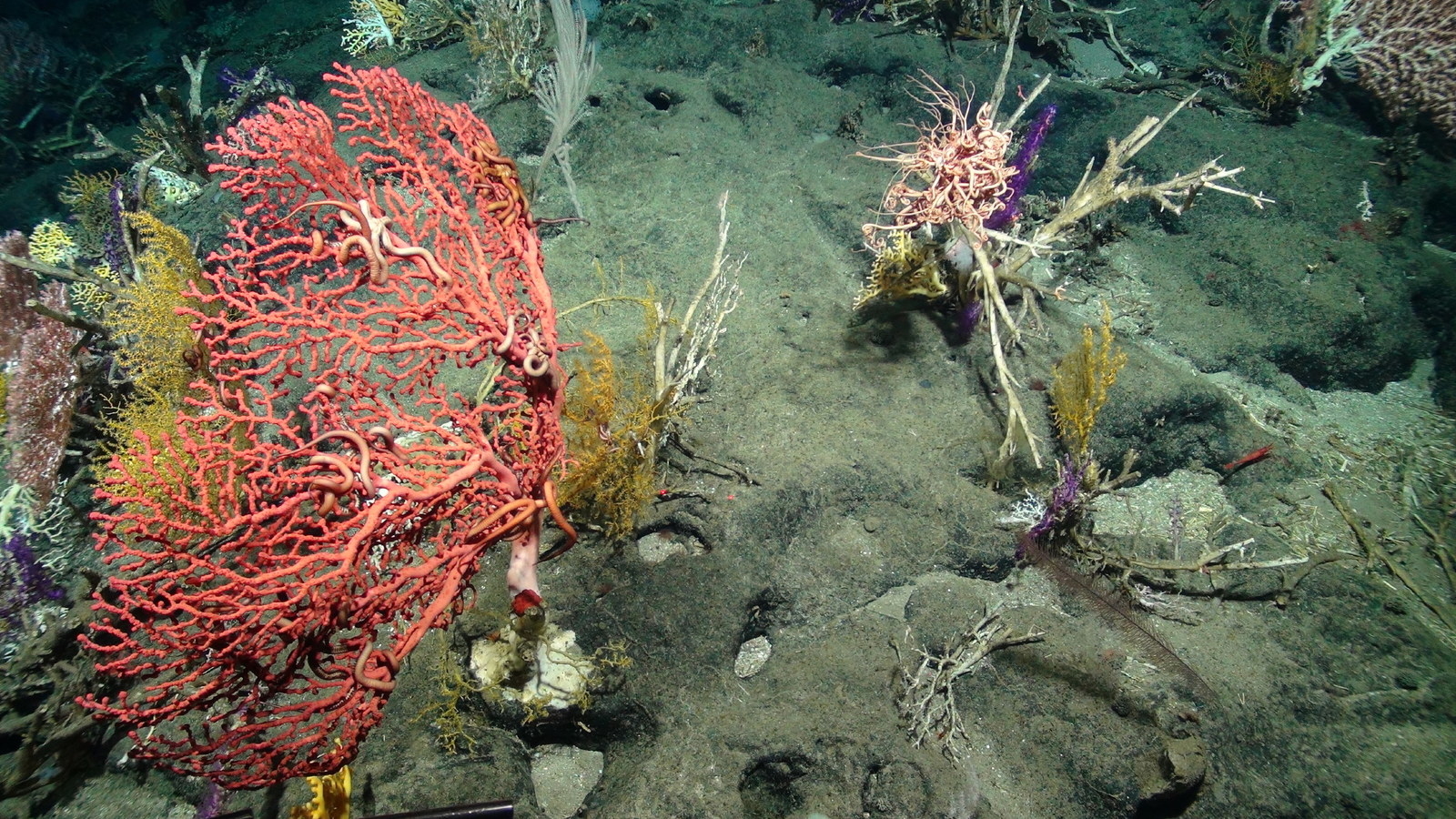
Deep-sea expeditions are expensive things. "We're talking about a million-pound expedition, using a £3 million remote vehicle, to do stuff we take for granted in [land animals]," said Taylor. But now, at least, the genetic research itself is easier.
Twenty years ago, sequencing a human genome took years and billions of dollars. Now it can be done in hours for about a thousand dollars. Smaller-scale projects such as those used in these studies can be carried out in the field with devices you can plug into a laptop.
And improved techniques and statistical models mean that you can do more with fewer specimens. "Using traditional methodologies you'd need 50 or more specimens from one location, and you'd need several locations, so hundreds of animals," said Taylor. "But now I can get so much info out of one individual that I need to use fewer animals. It's a huge game-changer."
But, the researchers say, it's not going fast enough, and it's hurting the seas.
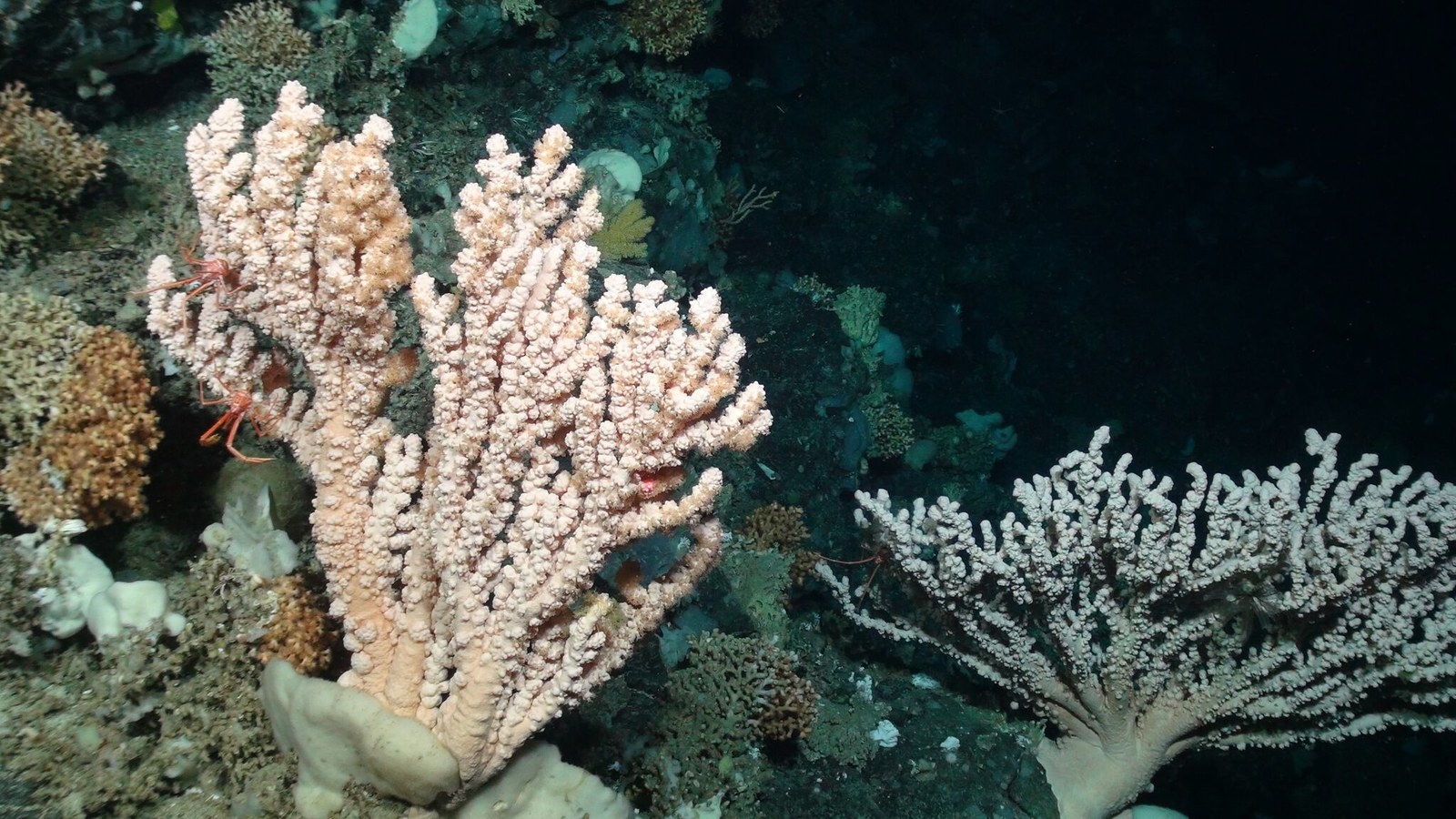
"The funding for this kind of fundamental ecological research – across deep-sea biology in general – is not keeping pace with the deep-sea encroachment of human activities," said Roterman.
"We need to understand how populations are maintained, and how diversity is generated, in the deep sea, and how it plays into ecosystems on the rest of the planet." It's important for understanding how the planet works, but "it also has an immediate practical use in the here and now", he said, for maintaining fisheries and protecting wildlife.
CORRECTION
The animal in the first picture is most likely a juvenile bobtail squid. An earlier version of this piece misstated its species.
